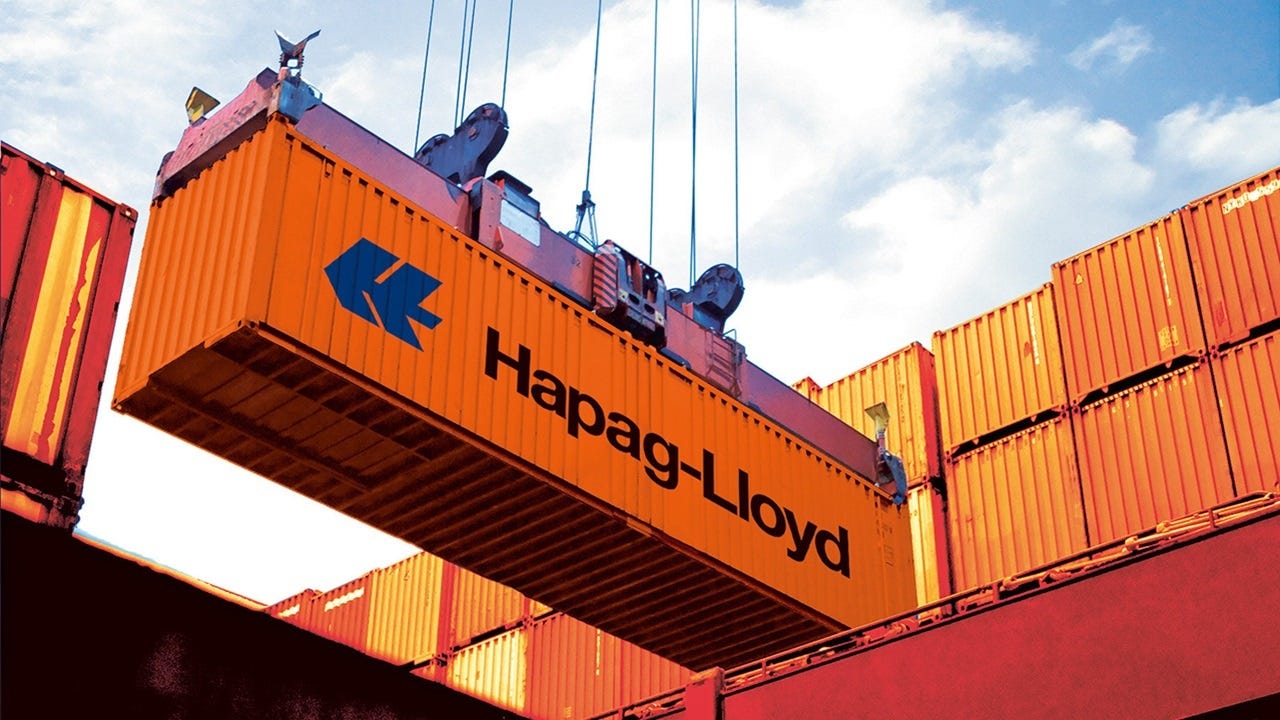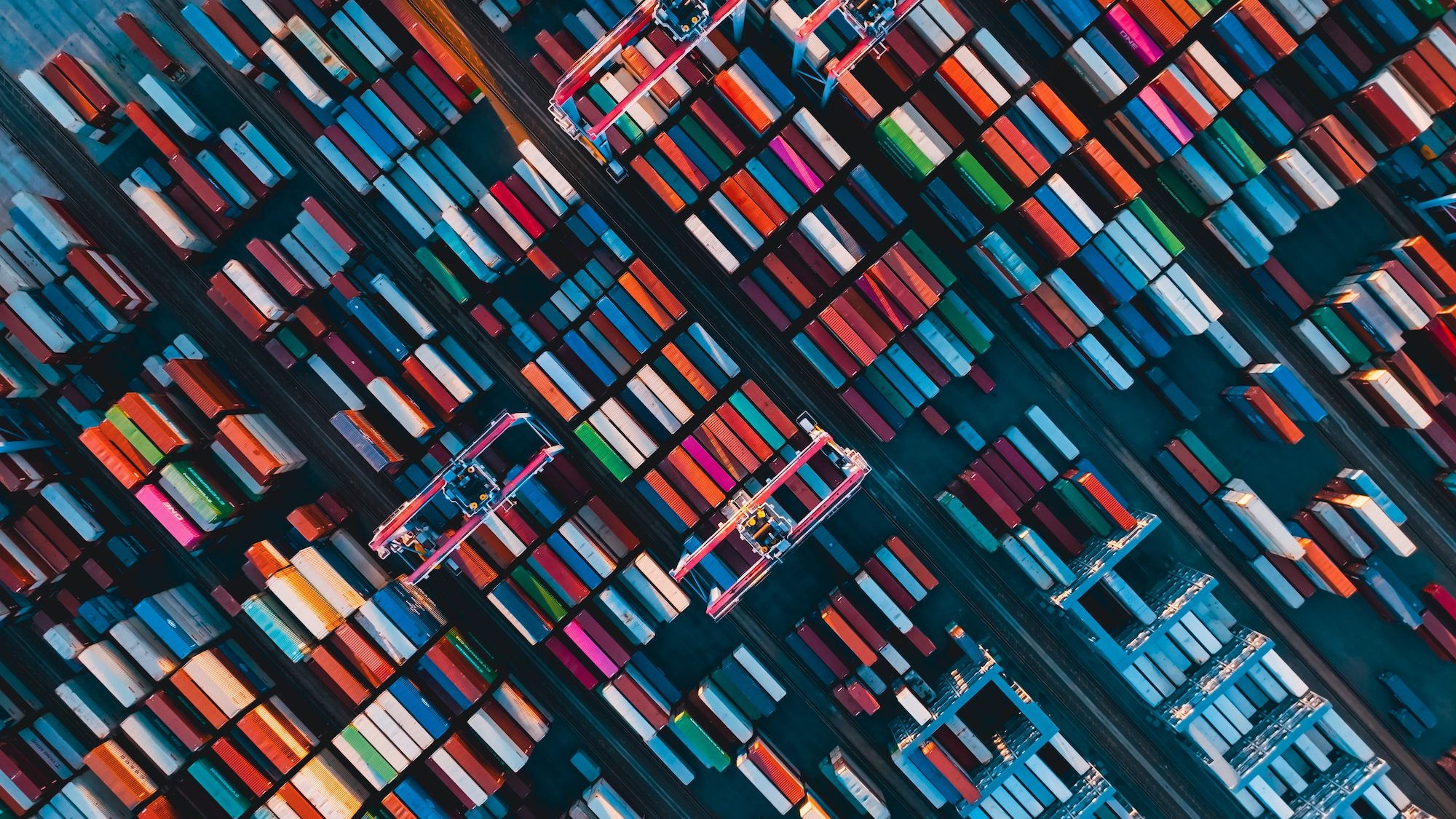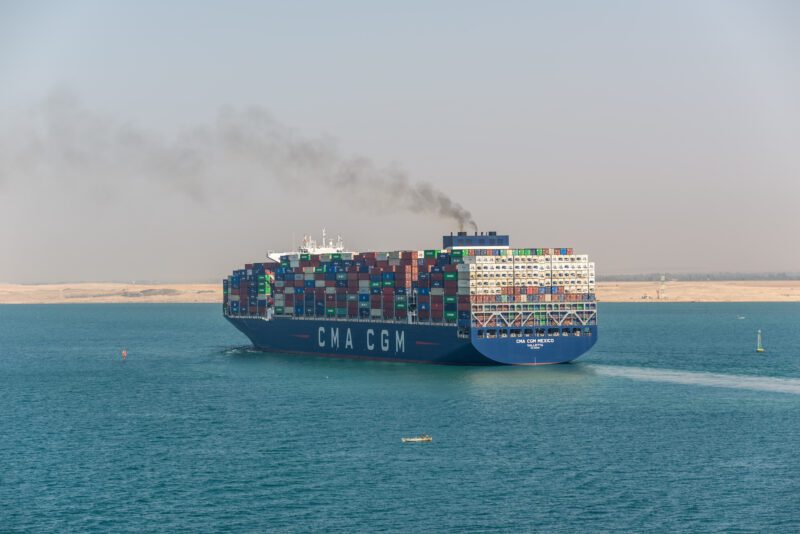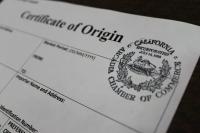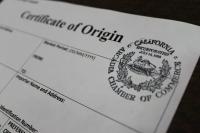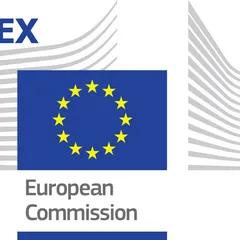ALL THINGS YOU SHOULD KNOW ABOUT VGM
none
ALL THINGS YOU SHOULD KNOW ABOUT VGM
- What is VGM?
VGM stands for English terms: Verified Gross Mass. This is a confirmation of the gross weight (Gross Weight) of the international shipping container. This document is the convention in SOLAS – Convention of the safety of life at sea (Convention for the safety of life at sea).
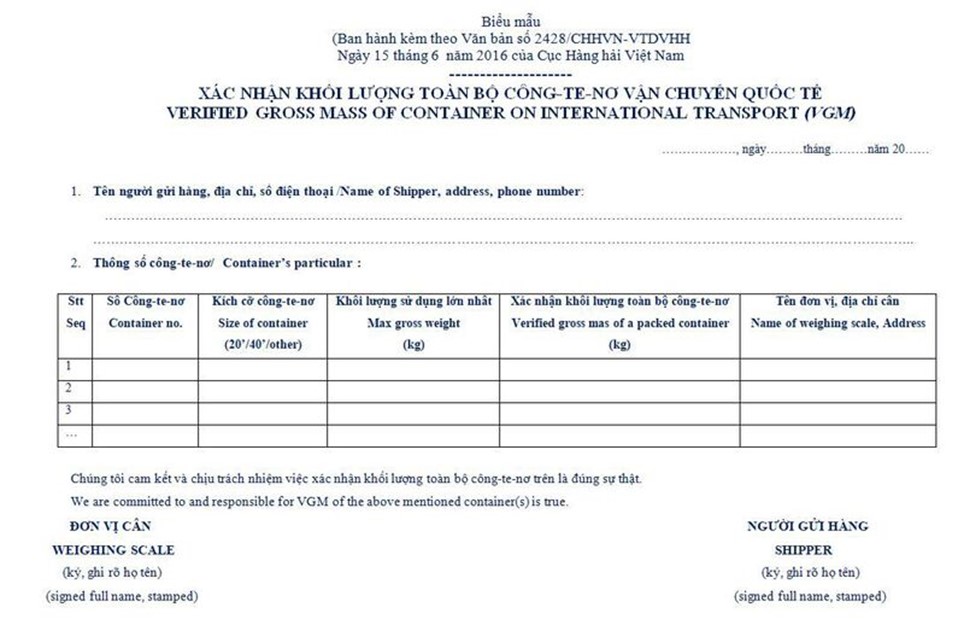
The purpose of this document is to control the overload of containers in sea transport. When the declaration of the tonnage is incorrect, the loading and unloading, the calculation of the tonnage as well as the loading position on the container ship are wrong leading to many serious consequences for the safety of laborers, ships, and goods when it comes to sea transportation.
The World Maritime Organization (IMO) stipulates that the shipper must determine the volume of the container before the goods can be loaded in SOLAS. This regulation comes into effect from 1 July 2016.
Note: The new VGM applies to import and export goods. As for domestic container goods, the law has not yet been regulated, and domestic shipping lines have not yet required goods owners to have VGM. There may be additional updates later on.
- How important is the VGM?
If the weight of goods in the container is not known in advance, it will be difficult to control the weight of goods on board. Therefore, the VGM balance sheet plays a particularly important role in export activities.
The responsibility for the implementation and preparation of the VGM of a container containing goods lies with the shipper on the Ocean Carrier Bill of Lading. The shipper is responsible for providing VGM to the shipping line or at the port in accordance with SOLAS regulations. Time limit for submitting VGM as specified on booking. In case the VGM exceeds the regulations, the container cannot be loaded on the ship. If the shipper does not provide the VGM or declares the wrong volume of the container, all costs incurred will be borne by the shipper.
- What is the VGM used for?
Determine the weight of the container
If the weight of the goods in the container exceeds the allowable packing capacity, the shipping line has the right to refuse to transport the goods, or to request to reduce the load before being loaded on the ship.
Arrange position on the ship
When knowing the weight of each container, the ship operator will know how to arrange the optimal position for each container on the ship, according to the general rule: heavier goods are placed below. There is calculation software to choose the plan to ensure the stability and safety of the ship.
Documents submitted to the port
That said, it also means that VGM is only related to owners, ports, and shipping lines, not related to customs clearance. In fact, the person doing the procedures submits the VGM slip to the port (or shipping company), not to the customs officer.
- How to determine the VGM?
According to SOLAS provisions, the shipper can verify the total weight of the packed container by one of two methods:
– Method 1: Weigh the entire container and its contents at an accredited weighing station.
– Method 2: weigh the goods in the container separately, then add the weight of the empty container.
The shipper must ensure that complete information about the total weight of the container is provided to the master or his representative, and to the port facility representative before the container is loaded onto the vessel. In case the shipper does not provide this information, the container is not allowed to be loaded onto the ship.
- Who is responsible for declaring VGM for shipping lines and terminal representatives?
It is the responsibility of the shipper to declare and verify the total weight of the container while ensuring that the VGM has been sent to the cargo hold and the terminal representative.
- The following are the main information that needs to be filled in on VGM such as:
Information about shipping numbers of the ship: On paper, it will be shown in the section: Ocean Carrier Booking Number.
• Container number is entered in the Container Number field
• Verified Weight: item Verified Weight
• Single measurement parameter: Unit of Measurement
• Owner: is the responsible party shown on MBL, fill in the Responsible Party (Shipper named on the carrier's bill of lading) section.
• Authorized person: In case the authorized unit fills in the name of the authorized person at Authorized Person.
There is also some other information that can also be added upon request such as: weighing date, internal control number, tonnage calculation method, purchase unit....
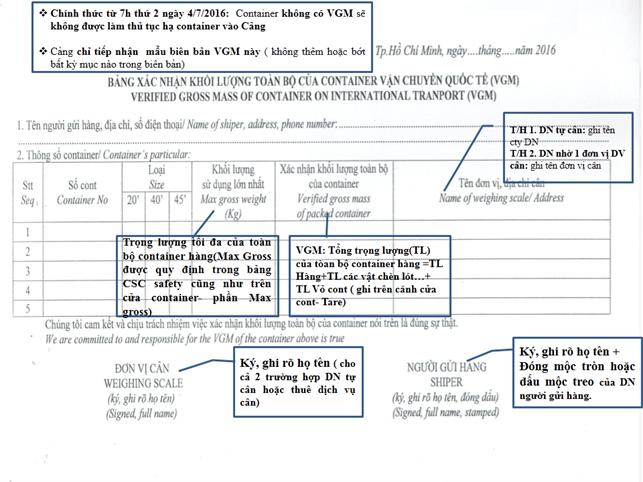
- SOLAS regulations do not have a specific filing deadline
However, owners should submit the VGM declaration before the ship arrives at the Port of Loading and early enough for the shipping line to base on the VGM declaration to arrange containers on board. Many train deadlines clearly specify VGM cut-off time in the booking. The principle of ensuring that the weight of goods cannot exceed the allowable weight on the container (Max GW) and the limit requirements of Lines.
- What are the consequences and penalties in case of not declaring VGM before arriving at the port of departure?
The law clearly states that containers without a VGM number at the port of departure will not be loaded on board until the VGM number is declared. The owners will be responsible for any costs incurred (costs of weighing containers, closing calls, storing, storing containers, management, etc.). Currently, most member countries do not stipulate a fixed penalty because the costs incurred due to delay are not fixed depending on the specific circumstances of each shipment.
- Does the VGM declaration give a margin of error?
There is no provision in the SOLAS regulations for any margin of error. This means that each IMO member state will decide how issues arise from the VGM. Several countries have published guidelines, including the UK and Canada. The enforcement threshold for both countries is ±5 percent of the container's VGM.
- Container with VGM exceeding its maximum allowable weight (Max gross weight), how should the port handle it?
The port will not accept containers entering the port and will not allow the container to be loaded onto the ship.
- If the weight of the container when passing through the balance at the port of entry exceeds its Max gross weight, while the declared VGM is less than the Max gross weight of the container, how does the port handle it?
The port requires customers to re-weigh the container at the port's dedicated weighing area. If the weighing data shows that the actual weight of the container exceeds its Max gross weight, the container will not be accepted, and the cost of reweighing will be borne by the customer. Conversely, if the actual weight of the container does not exceed the Max gross weight, the container will be received and unloaded, and the customer will not have to bear the cost of re-weighing.
- In case the customer wrongly declares VGM and wants to adjust it, what to do?
Customers contact and declare directly to the shipping line or provide VGM to the document issuing department at the port's procedure area before the closing time.
- In case the agent transmits VGM via the network to the shipping line, before the cut-off time, the agent has the right to correct the declaration of weight with the shipping line (if it is found that the declaration is incorrect?)
Depending on the decision of the shipping company.
- Scenario: The customer requested to adjust the VGM weight of the exported container when it was wrongly declared on the Eport, but the container was unloaded.
=> Handling:
Customers confirm the adjustment of weight information VGM with the shipping line in advance. Then the customer brings:
+ A written commitment to correct the weight of the goods owner with the red seal and the shipping company's confirmation (or the shipping company's confirmation sent to the Port Forwarding Management Team by email).
+ VGM original version.
+ Photocopy of the ID card of the employee going to make the correction. Bring it to the VP of the Port Forwarding Management Team.

